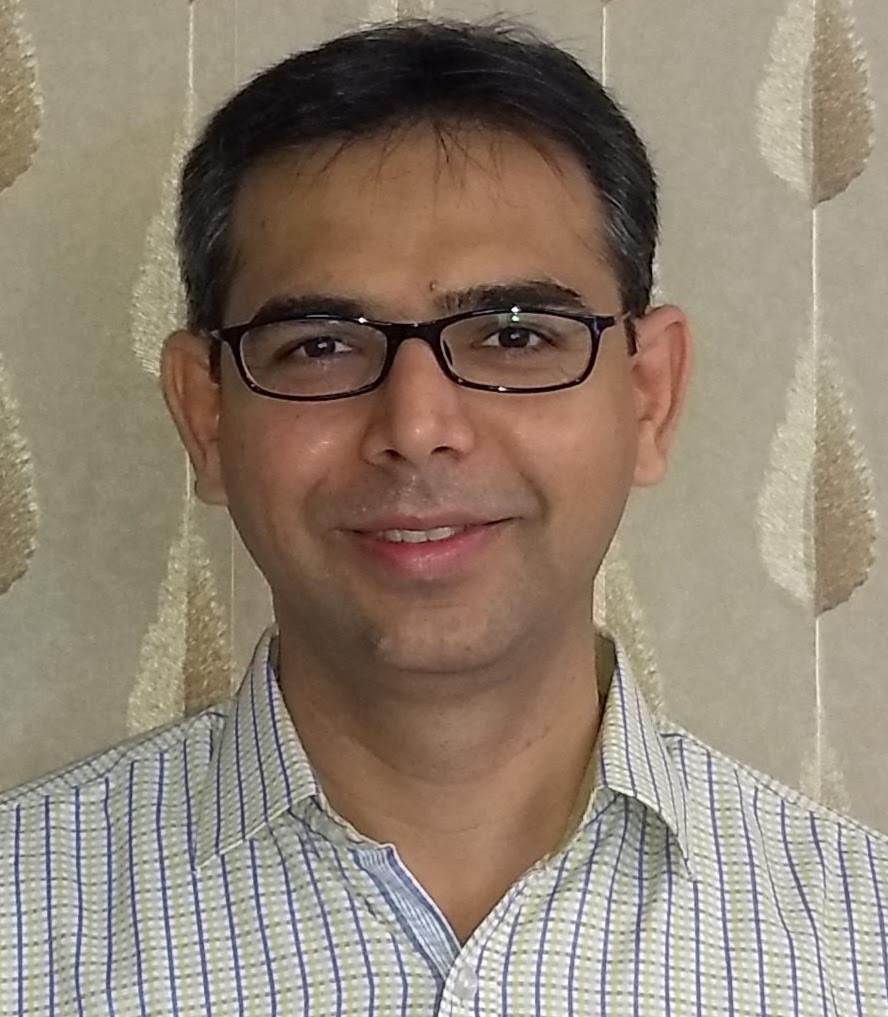
A Nurse Call System facilitates communication between a healthcare provider (be it Nurse, a ward boy or an ayaah) and the people they serve, allowing healthcare providers to serve their patients more attentively and efficiently. Nurse call systems can be wired as well as wireless.
Wired systems as the name suggests have wires connecting the patient’s call to the nurse’s display panel. In the case of a wireless system, there are no wires except for the power supply needed for the display panel.
So then should Healthcare units go in for a wired or wireless nurse call system? Which is better and why?
We will try and give you the pros & cons of both types of systems. Prima facie, if you are installing into a new facility, go for wired. If you need to install it into existing, operating premises then go for wireless. Having stated that, let us delve a bit deeper.
The wired system calls for the hassle and the upheaval required to install cables. If you can withstand that, then wired is probably the best option. You could opt for hiding the cables in the walls and flooring or using a trunking system. Hiding the cables is a neater option, but this calls for chasing the walls, holes for the boxes etc. Also if you have to lay the cables through the floor, God forbid, it can be a huge mess. The cables have to run through the corridors, through the false ceiling. If you were to opt for trunking over wires, you will obviate the need for chasing walls. However, the other problems continue as before. Trunking stands out like a sore thumb and makes it unappetising visually. What happens if you have to refurbish the room at a later date or move the bed? Also while the laying of cables is being carried out, it renders the room useless.
Wireless systems score heavily here against wired systems.
Most wireless systems can be installed and commissioned in as little as a single day. Once the system is designed and installed properly, there is no need for boosting radio signal strength.
Common Elements Of A Wireless Nurse Call System.
Bedside point which is with the Patient – This enables the patient to call for assistance using the button. There are push buttons that can be placed on the bed head panel so the patient’s relative can call for assistance. There can also be buttons for Code Blue (cardiac emergency) or other emergency calls.
Toilet Call Point – As the name suggests, these call points are meant for and located in the toilet. These points enable the patient to call for assistance if he/she is in the toilet. These call points have the option of a pull cord being attached to the call point. Otherwise, only the call point which can be operated by the patient can be installed.
Code Blue – This is the button pressed in case of a cardiac emergency. The sound played is different to warn the concerned people about the exigency of the situation.
Nurse Call Display Panel – This is the display panel that is normally installed at the Nurse Station but there are instances in which they are installed in the corridor and the area for Ward Boys/attendants. When the patient/relative presses the button, the call is indicated on the display panel with the appropriate sound to indicate if it is an emergency or not.
PC for Logging – If you have to maintain a report of all the calls made and answered to then you can have a PC monitoring software that works on Windows PC. It also gives a value-added feature of Reporting and calls escalation. This is mandatory for NABH certification.
Repeater – A signal repeater that boosts the signal strength in case of Wireless Systems so that the calls from the patient can reach the nurse call panel. The number of repeaters needed is dependent on the structure of the floor and the size of the ward.
Door lights – A door light can be mounted outside the door. It has different colours and has the option of sound also. The display colour can be customised as per the call type so in case there is a code blue call, the door light will show blue colour. Wireless Nurse Call Systems are here to stay. The systems have the convenience of quick and simple installation and extremely low on maintenance. They help in compliance with the guidelines and the technology is such that it doesn’t interfere with the other medical devices that may be in use at the facility.








